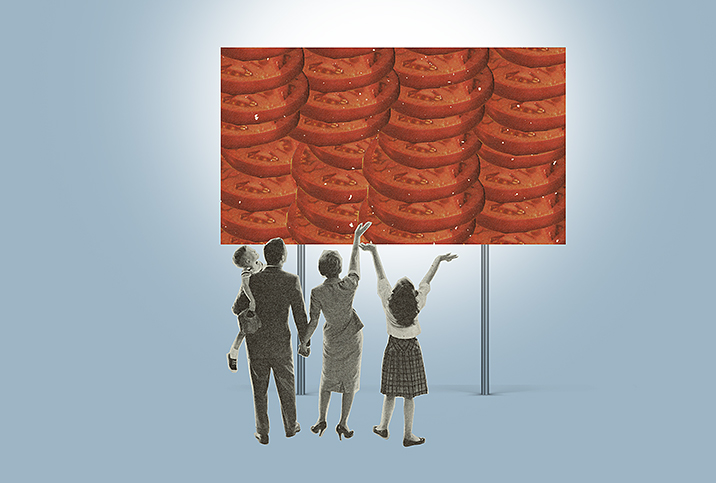Get Your Kids to Eat Healthy While Steering Clear of Diet Culture

Raising children is tremendously difficult, especially when it comes to managing their eating habits. There's a delicate balance between setting healthy guidelines at the dinner table and creating a negative relationship with food and nutrition.
What is diet culture?
Diet culture describes a hyper-focus on body weight, thinness and viewing foods in the moral context of "good vs. bad." A healthy body image doesn't stem from the tenets of diet culture. Teaching kids to use food for fuel and appreciate what good nutrition can do for their body can help prevent a future of eating disorders, yo-yo dieting, binge eating and low self-esteem.
Learn from mistakes of the past
Old habits die hard, but if you want your kids to develop a healthy relationship with food, think critically about the way you talk about food. Unfortunately, many of us grew up hearing misguided advice. Even if you consider it standard parenting advice, avoid phrases such as:
- Don't waste food—finish what's on your plate.
- Here's a treat for doing a good job today.
- You have to eat all of your vegetables before dessert.
Kids should be taught how to honor their hunger. That means eat when you're hungry, stop when you're full. Encourage your kids to listen to their body rather than overriding their hunger cues to finish what's on their plate. As a parent, it can be frustrating to see food go to waste, but instead of forcing your kids to eat more than they need, try serving smaller portions. Save leftovers in the refrigerator for later.
Offering food as a reward can cause problems down the line, as it frames eating as a fun activity rather than a means to nourish our body. This can teach kids to eat for emotional reasons rather than physical ones. Although there are social aspects to food, like having holiday or special-occasion meals, aim for nonfood rewards when you can. Many kids are just as happy with stickers or a playground trip in place of a lollipop.
Telling kids to finish a healthy food before eating a treat puts different food categories into a hierarchy. By making a child have vegetables before dessert, you're essentially saying dessert is a reward for eating something undesirable (vegetables). Try focusing on the benefits of vegetables rather than the taste. Talk about how a serving of broccoli will help them grow strong and keep their tummy feeling good. Offer small portions of all types of food simultaneously instead of withholding certain items for last.
The right way to deal with picky eaters
It can take more than 10 exposures for a child to get used to eating a new food. Be patient and continue to offer different foods multiple times a week. Getting your child to touch, smell and describe the food also counts as exposure.
If you have trouble getting your kids to eat any vegetables, ask them to take a "no, thank you" portion. They don't have to eat the whole thing, but they can take one bite. Offer foods in different ways and environments, like baking carrots into muffins, adding spinach to smoothies or sampling apples at an orchard. With patience and positive role-modeling, kids will come around in their own time.
Try cooking as a family
One of the easiest ways to get your children to establish a habit of healthy eating is by letting them partake in preparing meals. Ask them to help you plan a menu by browsing through healthy-foods cookbooks and letting them pick out some options they'd like to try. Shop for ingredients together at the grocery store or a farmers market, or even grow your own.
There are age-appropriate tasks all children can assist with. Little ones can mix and pour (with assistance) and older children can help gather ingredients, crack eggs and measure ingredients. Aim to make the kitchen a fun place by not being too rigid about your children's eating habits. Remember, the job of a caregiver is to offer a variety of nutritious foods at regular intervals (every few hours) and encourage children to listen to their body to decide when and how much to eat.


















